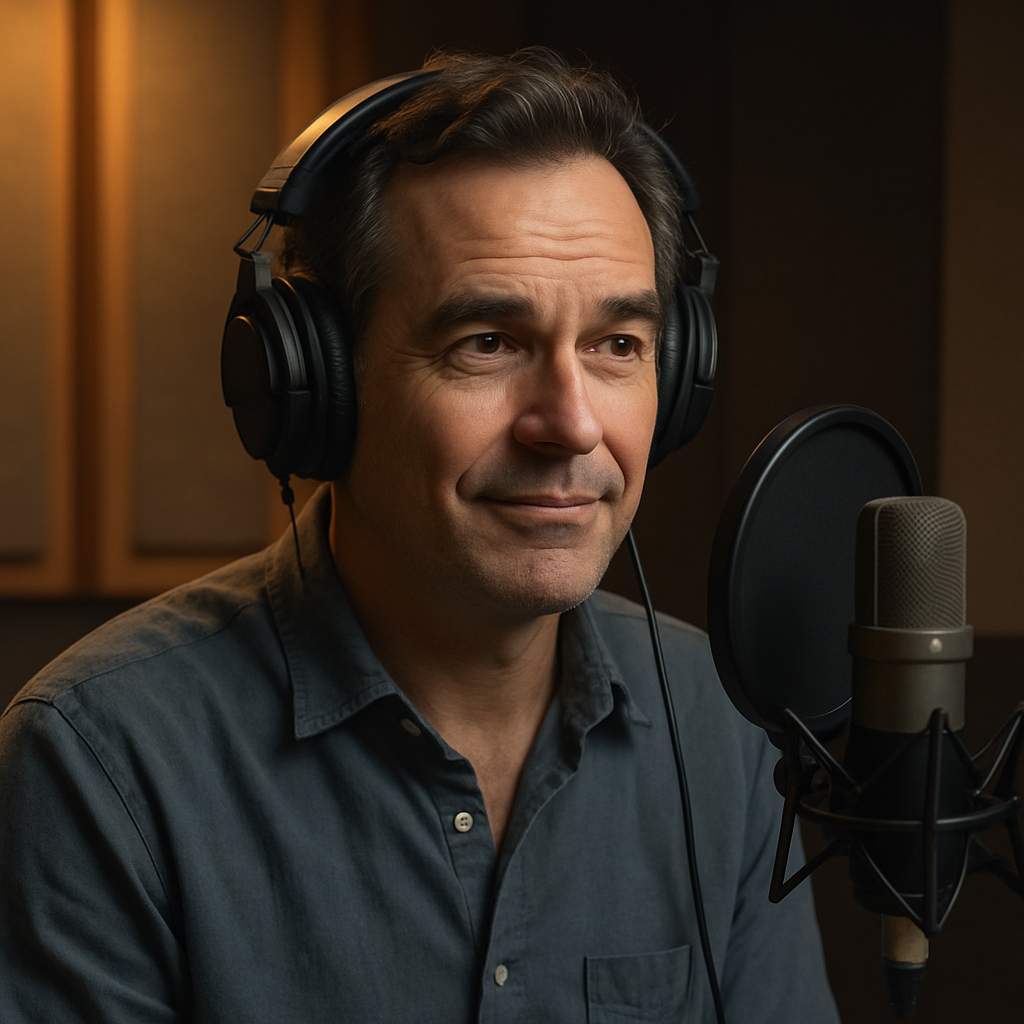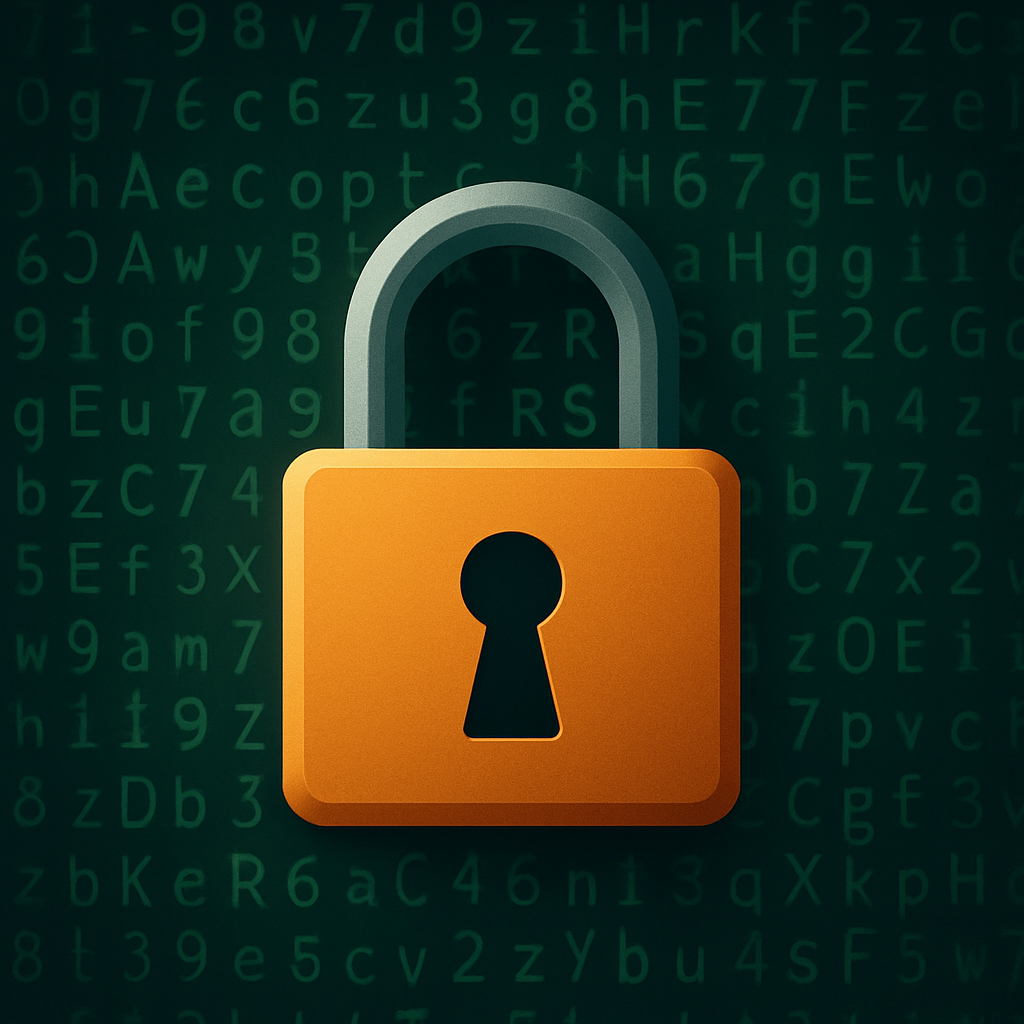
You’ve probably watched a movie or a show where someone was speaking your language, but something didn’t quite feel right. Their lips moved one way, and the words just didn’t match. That’s the world of voice dubbing, and when it’s done poorly, it stands out like a sore thumb. But when it’s done well? You don’t even notice it’s there — and that’s kind of the whole point.
Let’s talk about how this works and why it matters more than you think.
Why Dubbing Isn’t Just a Translation Job
At first glance, dubbing seems simple: take some speech in one language and replace it with another. But it’s more than swapping words. It’s about capturing tone, emotion, rhythm — all the stuff that makes speech feel real. A sarcastic joke in one language might fall flat in another if it’s not adapted with care. Voice actors and dubbing teams have to work together to make the new version feel like it was made that way from the beginning.
It’s a mix of language skills, performance, and technical timing. And sometimes, that timing is the trickiest part — matching words to mouth movements isn’t always easy, especially when the sentence structures don’t match.
Not Just for Hollywood
While we usually think about voice dubbing in the context of movies and TV shows, it’s used in way more places. Video games, animated series, educational content, even corporate training videos — all of these often get dubbed to reach more people. And with so much content going global, the demand for dubbing has grown like crazy.
What used to be a slow, studio-only process is now something that can happen faster and smarter, thanks to newer tools. But no matter how it’s done, the goal stays the same: make it sound like the original never needed translation.

The Human Factor Still Matters
Even though technology is stepping in more and more, there’s still a real need for people in this field. Why? Because emotions are tricky. A robot can match pitch or tempo, but it’s not always great at sounding hurt, excited, or quietly unsure. That’s where skilled voice artists come in. They bring life to the script, and good dubbing lets you forget someone else is speaking for the original actor.
In fact, when it comes to emotional content — like dramatic films or heartfelt documentaries — people often prefer voices that feel natural, even if the dubbing isn’t word-for-word perfect. The human touch makes all the difference.
Global Voices, Local Feel
There’s something pretty powerful about hearing content in your own language. It can make learning easier, stories more relatable, and emotions more personal. Dubbing helps break down language walls without losing the feel of the original message.
Of course, it has to be done thoughtfully. Some audiences like voiceovers that sound like the original. Others prefer a full cultural adaptation. What works for a comedy in France might not work the same way in Japan. That’s why local teams, familiar with their own language and humor, play such a big role in successful dubbing projects.
And this isn’t just about entertainment — dubbing plays a huge role in online education, especially for kids. When done well, a dubbed video can make a math lesson or science concept way more accessible and engaging.
It’s All About the Experience
At the end of the day, good voice dubbing isn’t flashy. It doesn’t try to stand out. In fact, the best dubbing disappears. The audience gets pulled into the story, the message, the feeling — and doesn’t stop to think, “Wait, was that dubbed?”
That’s when you know the job was done right. It means the team behind the scenes understood not just what was being said, but how it was being said. And they gave that same energy to a whole new audience.
So the next time you watch something dubbed and barely notice it, give a quiet nod to the people who made that happen. They’ve done their job — and let the story speak for itself.


